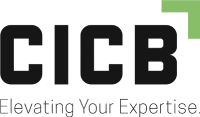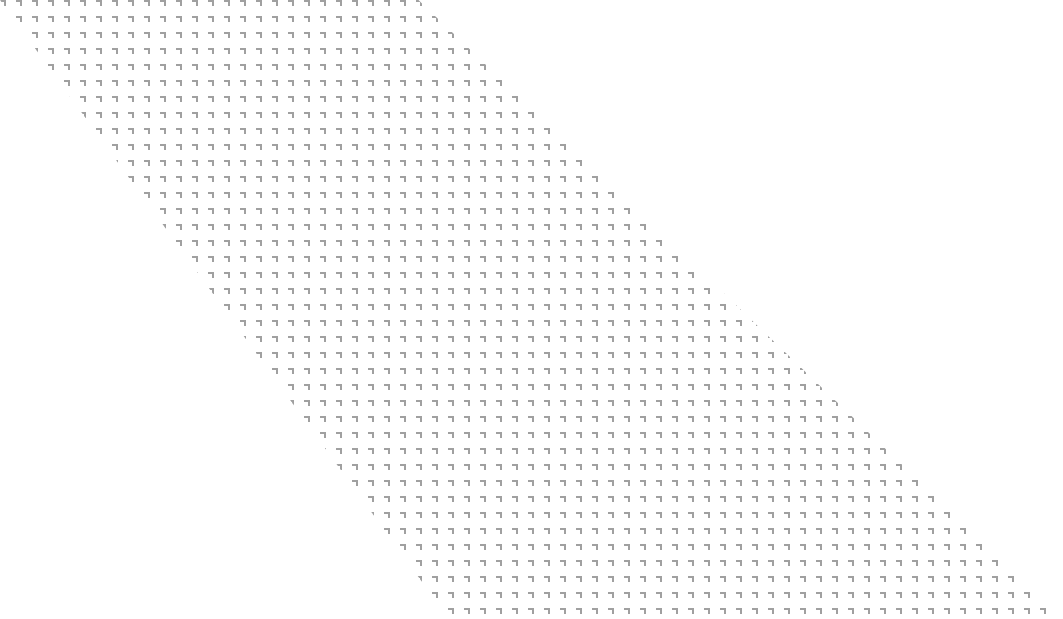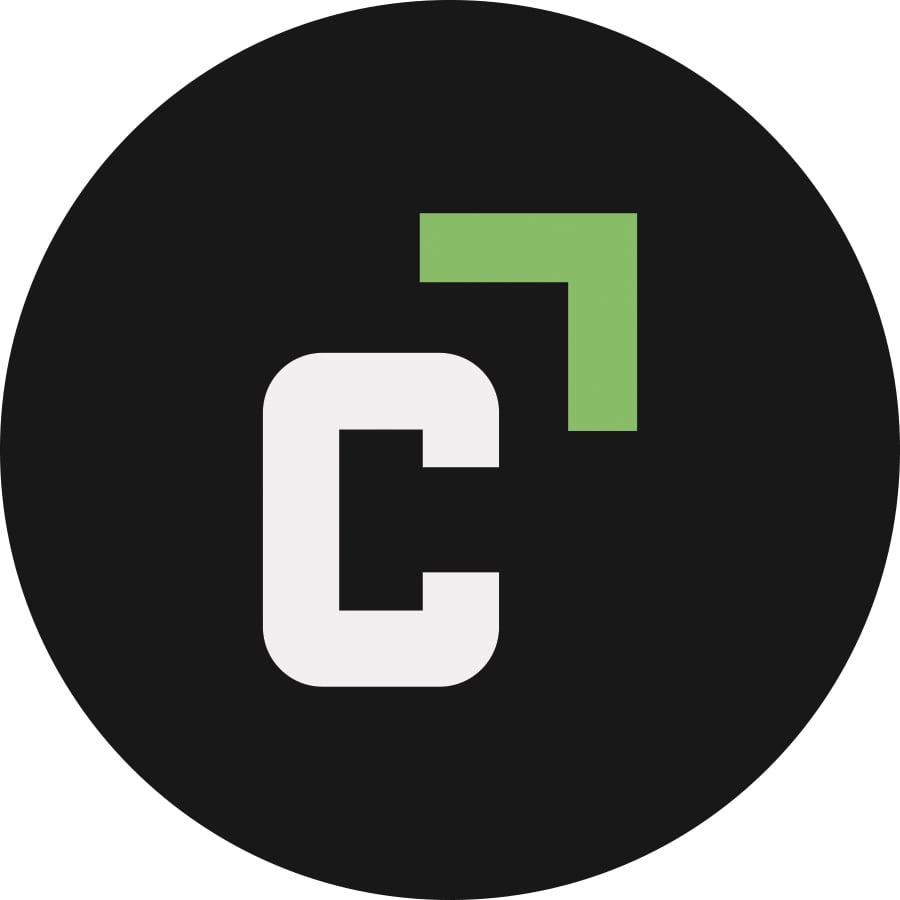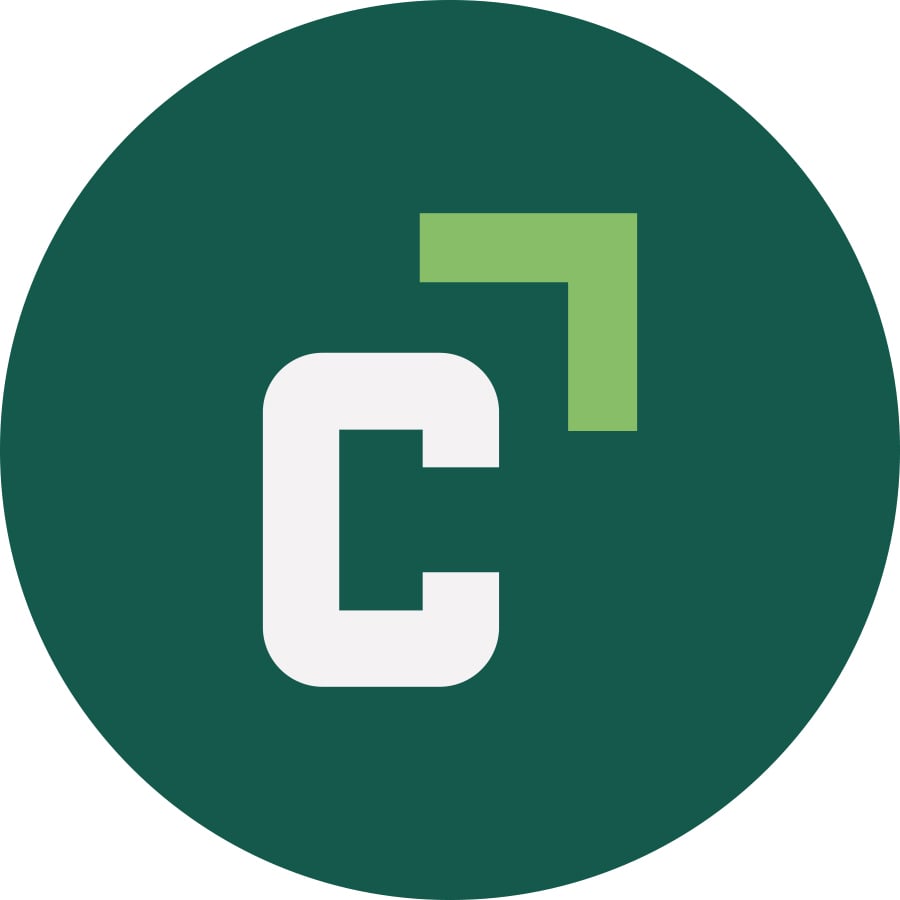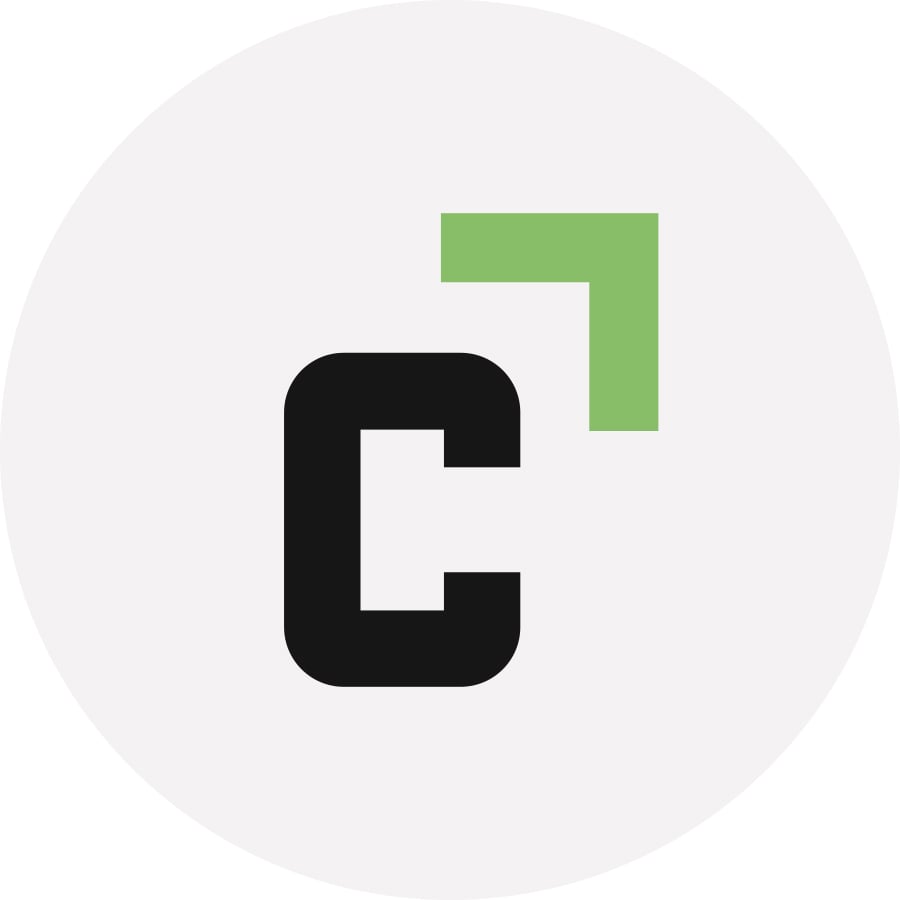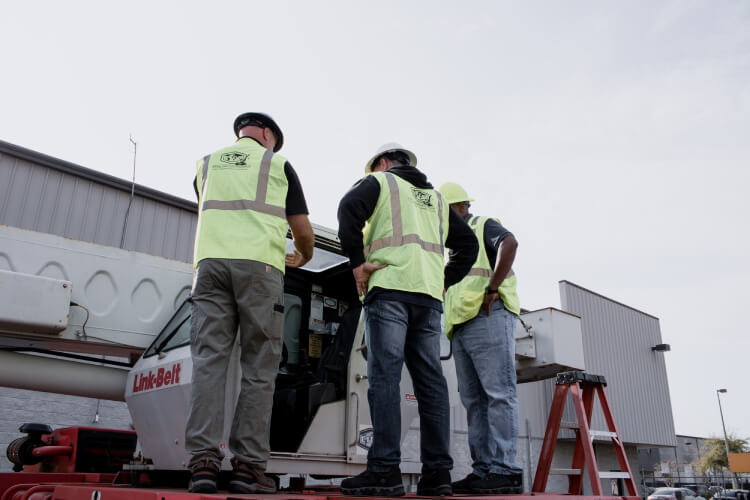
When CICB was founded in 1969, our main focus was providing inspections. During this time, OSHA was established, and we wanted to help businesses remain compliant to the recently-formed organization. Today, the company has grown immensely, and we provide many different crane and lifting services. In addition, we continue to provide inspections.
OSHA’s 29 CFR 1926 Subpart CC outlines inspection requirements for cranes and derricks in construction. Annual inspections must be performed and documented by a qualified person. (Competent personnel may only perform visual inspections before each shift.) In order to have a compliant inspection performed, you can either enroll your team in one of our inspection training courses, or CICB can send one of our many qualified and certified inspectors to perform the equipment assessment at your site.
If you are interested in CICB performing an inspection of your equipment, this article will explain what steps you should take to prepare for the inspection, as well as what to expect.
Scheduling your CICB Inspection
When you schedule your inspection, you will speak with one of our Account Managers. They will ask you a series of questions, and it is important you provide them with as much information as possible. Providing accurate, detailed information allows us to pair you with an inspector that best fits your business and needs. Here are some questions that your Account Manager will ask you:
- What type and quantity of equipment will be inspected? The more details you provide, the better. Ideally, we would like to know the make, model, and capacity of the crane, whether the crane is mobile or overhead, and if the equipment is easily accessible.
- Where is your business located? Knowing the location will help us prepare your quote and timeline, taking into account how far our instructors/inspectors will need to travel.
- What industry are you in? This information is crucial, for it will let our inspectors know which standards need to be followed. As certain regulations are industry-specific, it is important they are matching the inspection to the correct standards.
- Is there any specialized equipment involved? Depending on the type of equipment, additional time for the inspection may be necessary.
- Is a load test required for the inspection? If so, the client must provide weights for the load test.
- (For mobile equipment only): Is there enough space to fully extend/lay down the boom? All parts of the mobile crane will be tested, so it is important to have adequate space. (Mobile crane inspections will only be held during daylight hours.)
- (For overhead cranes only): When will the inspection be conducted? Will the inspectors be able to complete the inspection during normal business hours (first shift)? Or will they need to perform the service during second or third shift?
Preparing for your CICB Inspector’s Arrival
When preparing for your equipment’s inspection, there are a few things we recommend to maximize your experience with our inspectors. First, be sure all mobile equipment is clean. If your crane is covered in mud, our instructors may have a difficult time seeing everything they need to, and there is a chance that a flaw can be missed. If your equipment is freshly power washed before the equipment assessment, your inspectors will have a much easier time completing their checklist, as there will be no obstacles in the way.
In addition to cleaning the equipment, please have it properly set up for inspection. The process will run smoothly if everything is ready to go upon the inspector’s arrival.
Second, if any part of equipment cannot be easily accessed, you must provide the proper assistance, whether it be a ladder or Aerial Lift. Your inspector will arrive with proper PPE and fall protection, inclusive of a hard hat, safety vest, and gloves.
Third, if you are having mobile cranes inspected, keep in mind that you will need to have an operator or mechanic available during the inspection. Our inspectors may ask them to operate the equipment while they observe.
Lastly, please prepare the relevant documentation. Upon arrival, the CICB inspector will ask for a past record of inspections (at minimum, they would like to see a record of the last annual inspection.) In addition, if any modifications have been made to the equipment, they would like to see the paperwork for it.
According to 29 CFR 1910.180(d)(6) (which applies to the general industry) “Certification records which include the date of inspection, the signature of the person who performed the inspection and the serial number, or other identifier, of the crane which was inspected shall be made monthly on critical items in use such as brakes, cranes, hooks, and ropes. This certification record shall be kept readily available.”
It is crucial to be sure your inspection documentation follows OSHA’s standards and guidelines. It is also possible for equipment to fall under multiple standards, depending on the industry it is being used in.
*Please be advised that in the maritime industry, inspectors are required to review previous inspection documentation before beginning the current inspection.
During your CICB Inspection
Upon your inspector’s arrival, they will first review the equipment inventory. Their goal is to not affect operations, so they will schedule which equipment they will inspecting when. During this time, it is important to be honest with them about any concerns or questions you have. Their job is not to fine your business, but rather ensure all materials and equipment is safe to use. For instance, if you notice possible damage to a crane’s drum, you should voice the concern rather than try to hide it.
Larry Kime, CICB’s Senior Instructor/Inspector states, “We are not the crane police; we will tell you what we find to help you maintain a safe work environment. Please be honest and upfront about any concerns.”
A complete inspection of the equipment will be performed; all controls will be tested, and both the insides and outsides will be observed.
After your inspector creates the schedule and reviews the documentation provided, they will then conduct the inspection. Their preference is to show clients exactly what needs to be changed. Rather than handing the client a piece of paper at the end of the inspection, they would prefer to demonstrate damaged materials to the supervisor/person in charge.
We also recommend giving CICB permission to take photos of any flaws found. This will allow us to provide you with documentation to share with other managers/supervisors in your company.
Finally, your inspector will conclude with administrative documentation. This takes between 15-20 minutes per piece of equipment, so be sure that time is properly accounted for. If there is any specialty equipment involved, it may take longer than the 20-minute estimate.
After your CICB Inspection
Initial inspection documentation will be provided prior to the inspector departing. If the equipment fails an inspection, your inspector will provide guidance on how to come into compliance.
Once the flaws are fixed and documentation is provided, your certification will be issued, and the equipment will be able to return to service. The sooner you address the necessary components, the sooner you will be able to use your equipment again.
Other Things to Consider About your Inspection
Please keep in mind that CICB provides genuine third-party inspection but does not include preventative maintenance. In addition, the validity of the inspection is only at the time of the audit. CICB will not be liable for any damage or incidents that occur in the future. (Think of this as a snapshot of the current condition.)
One final note to consider is that standards will occasionally change. Here at CICB, our instructors receive notifications as soon as a standard has been updated. We will ensure that your inspections will follow the most recent standards.
If you are interested in learning more about our inspection services, please fill out a brief contact form. We will pair you with an Account Manager, who will be happy to answer any additional questions you may have.
